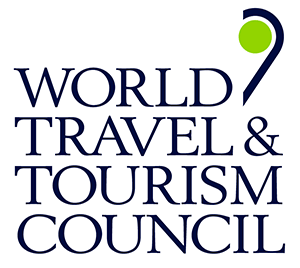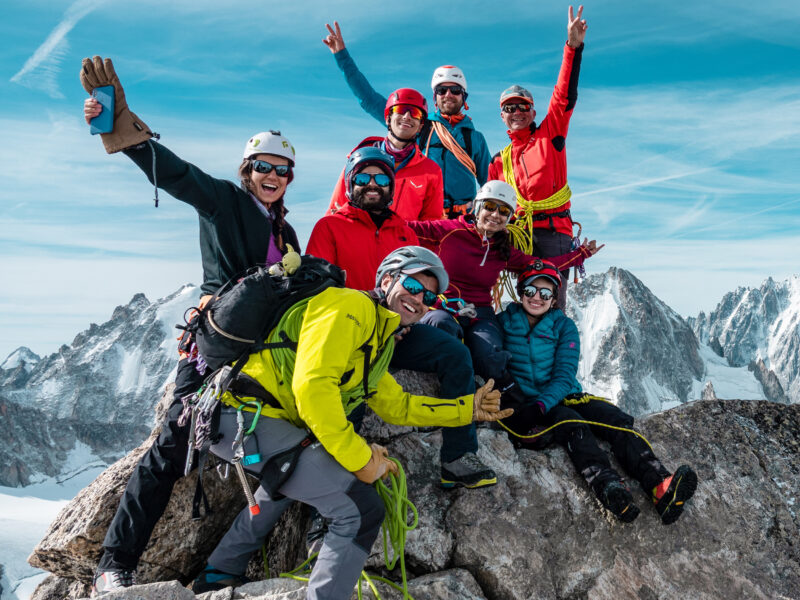BY Rami Rasamny | March 14 2024
Kilimanjaro vs. Aconcagua: A Comparison of Epic Journeys

Embarking on a journey to climb both Kilimanjaro and Aconcagua presents adventurers with the opportunity to conquer two of the world’s highest peaks and fulfil part of the esteemed 7 summits challenge. Let’s delve into the distinctions between these iconic mountains:
Trip Type
Climbing Kilimanjaro is primarily a trekking experience, offering adventurers the chance to traverse diverse landscapes and ecosystems as they ascend towards the summit. On the other hand, ascending Aconcagua involves a combination of climbing and mountaineering, requiring participants to navigate challenging terrain and utilize technical skills.

Fitness Level
Both expeditions demand a high level of physical fitness, albeit in different ways. Climbing Kilimanjaro necessitates enduring stamina and strength to tackle steep ascents and long descents while carrying light backpacks. Meanwhile, ascending Aconcagua requires robust endurance and mental resilience to withstand the rigors of high-altitude climbing over an extended period.

Skill Profile
While no prior experience is required for either adventure, participants on the Aconcagua expedition have the opportunity to learn new mountaineering skills as part of the journey. Basic techniques and the use of technical equipment are taught during the climb, enhancing participants’ skill sets along the way.

Trip Duration
A journey to climb Kilimanjaro typically spans 9-10 days, allowing adventurers to acclimatize gradually and maximize their chances of reaching the summit. In contrast, ascending Aconcagua entails a longer expedition lasting approximately 20 days, due to the more demanding nature of the climb and the need for extended acclimatization periods.
Trip Destination
The journey to Kilimanjaro takes adventurers to the heart of Tanzania, where they will encounter a stunning array of landscapes and ecosystems. As they ascend the slopes of Africa’s highest peak, climbers traverse through distinct environmental zones, each offering its own unique charm and challenges.
Starting from the lush rainforests at the base of the mountain, trekkers will find themselves surrounded by verdant foliage, vibrant wildlife, and cascading waterfalls. The trek then leads through the moorland zone, characterized by expansive grasslands dotted with otherworldly giant lobelias and senecios.

Continuing upwards, climbers enter the alpine desert, where the landscape transforms into a barren, rocky terrain reminiscent of lunar landscapes. Finally, as they approach the summit, adventurers navigate through the arctic conditions of the glaciated summit plateau, where snow and ice dominate the landscape, offering awe-inspiring vistas of the African plains below.
This diverse range of environments not only adds to the scenic beauty of the journey but also presents climbers with varying climatic conditions and altitude-related challenges to overcome.
Accommodations
The camping experience on Aconcagua is more developed compared to Kilimanjaro, given the longer duration of the expedition. Base camps on Aconcagua feature fixed showers, permanent mess tents, and generally more comfortable lodging options, providing climbers with essential amenities during their stay. Conversely, camping facilities on Kilimanjaro are more transient, as camps are set up and dismantled at each location along the route, offering a more mobile and flexible accommodation experience.


Aconcagua: A Bigger Challenge
It’s essential to recognize that Aconcagua presents an objectively bigger challenge compared to Kilimanjaro. With a higher altitude, longer duration, more adverse weather conditions, and technical elements involved, ascending Aconcagua requires a higher level of physical and mental fortitude. Climbers tackling Aconcagua must contend with altitudes exceeding 6,000 meters, extreme cold, and unpredictable weather patterns, making it a formidable undertaking even for experienced mountaineers.
Conclusion
In conclusion, embarking on the epic journeys to climb Kilimanjaro and Aconcagua offers adventurers the opportunity to challenge themselves, explore breathtaking landscapes, and achieve remarkable mountaineering feats. While both expeditions are part of the illustrious 7 summits challenge, they present distinct experiences and challenges.
Climbing Kilimanjaro entails a trekking adventure through diverse ecosystems, requiring enduring stamina and strength to navigate steep terrain while enjoying the scenic beauty of Tanzania. On the other hand, ascending Aconcagua involves a combination of climbing and mountaineering, demanding robust endurance and mental resilience to conquer the towering peak of the Andes.
Whether trekking through the lush slopes of Kilimanjaro or braving the high-altitude challenges of Aconcagua, participants can expect unforgettable experiences, personal growth, and a profound connection with nature. Ultimately, both journeys offer the chance to push boundaries, forge lasting memories, and stand atop towering summits, marking incredible achievements in the realm of mountaineering.














